Introduction of Different Materials Used in Building Construction
Important Point
Building Materials and Construction are essential elements in the construction of any civil engineering structure. This article provides a comprehensive list of building materials used in the construction industry.
The durability and strength of the structure depend upon the quality of the building materials used in the structure’s construction.
There are different types of construction materials available in the market and widely used in construction.
Here, In this article, we will go through the Building materials list used in the construction industry.
What Is Building Materials List?
Building materials, often referred to as the list of materials used in building construction, are the type of materials mainly used in constructing buildings, bridges, dams, and more.
The materials that are used for the construction are known as Building materials.
Every building material has its different properties, such as weight, strength, durability, and cost.
The selection of the building materials depends on various factors, such as its load-bearing capacity and the stresses acting on the structure.
Building Construction Materials List
The list of 10 building materials and more that are used in the construction are mainly classified into various types. Here’s a house material list for a better understanding.
1. Artificial construction materials
The materials manufactured artificially and used in the different construction activities are known as Artificial construction materials.
Examples of Artificial construction materials are bricks, cement, steel, glass, and plastics, etc.
2. Natural construction materials
The materials that occur naturally and are used for construction activities are known as Natural construction materials.
Natural building materials include rocks, wood, etc.
Types of Construction Materials
Herer, the List of Construction Materials are as follows.
- Cement
- Aggregates
- Stones and Rocks
- Mud and Clay
- Concrete
- Bricks
- Glass
- Plastic
- Structural Steel
- Foam
- Fabric
- Thatch
- Timber and Wood
- Tiles (Ceramics)
- Kevlar
- Bamboo
- Carbon Fiber
- Electrical Items
- Building Products
- Virtual Building Materials
There are various construction materials list are as follows detail.
1. Construction Material: Cement
Cement is one of the most widely used building materials in the Construction industry to construct almost every type of structure.
It is used as a binder to bind sand and coarse aggregates with each other.
Cement is used in the construction for the various purpose such as making mortar ( cement + sand ) which is used in the plastering work and structure of the brickwork, for making concrete ( cement + sand + aggregates) which is used in the construction of the slabs, columns, and footings, etc.
There are also various types of cement that are used for multiple purposes and in different conditions.
Types of Cement
Following are the types of cement.
- Ordinary Portland Cement.
- Rapid Hardening Cement.
- High Alumina Cement.
- Blast Furnace Slag.
- Pozzolana Cement.
- Air Entraining Cement.
- Expansive Cement.
- Colored Cement.
- Sulfate Resisting Cement.
- Low Heat Cement.
- White Cement.
The above are the various types of cement used to construct multiple structures such as dams, bridges, high-rise buildings, etc.
Applications of Cement
There are various uses of cement are as follows
- Cement is used in preparing mortar for plastering and other types of masonry works.
- Cement is used to prepare concrete used in the construction of columns, beams, and slabs.
- It is also used in constructing the foundation of the buildings and almost every element of the structure.
- It is also used in repair works.
- For the construction of the watertight facilities.
Use Full Article
- Top 10 Best Cement Companies In India 2021
- Concrete Vs Cement
- How Cement is Made
- Which Cement Is Best for House Construction
- 17 Types of Properties of Cement
- Extra Rapid Hardening Cement
- Wall Loading Calculations
- What Is PPC Cement
- What Is Hydraulic Cement
- Queen Bed in Feet
- 12 Types of Cranes
- Zero Force Members Rules
- Cement for Shower Floor
- Cubic Feet in a 60 Lb Bag of Concrete
- Different Shovel Types
- Dry Pack Mixture
- A Flight of Stairs
- Contour Interval on a Map
2. Construction Material: Aggregates
Aggregates are also the most commonly used building materials in the construction Industry. Aggregates are mainly used in the manufacturing of concrete.
Aggregates give volume to the concrete and make it economical. It is a central component in the concrete. Aggregates have High conductivity so that it is widely used in the drainage applications such as the construction of the foundation, septic drain fields and another type of the drainage works.
The aggregates are available in various sizes and are mainly classified into two types that are coarse aggregates and fine aggregates.
- Lab Test on Aggregates at Site
- What Is Fine Aggregate | Types of Fine Aggregates (Classification)
- Density of Cement Sand and Aggregate | Cement Density | Sand Density | Aggregate Density | list of Density
- What Is Coarse Aggregate | Requirements of Good Coarse Aggregates | Uses of Coarse Aggregates | Classification of the Aggregates
- Fineness Modulus of Fine Aggregate | Fineness Modulus of Coarse Aggregate | Sieve Analysis of Fine Aggregate | Sand Zone Classification
3. Construction Material: Stones and Rocks
Rocks are the naturally found building material that is generally used in the construction of various structures. The stones and rocks used in the construction are hard, durable, tough, and free from the weathered soft patches of the materials.
The stones should also be free from any kind of cracks as it will reduce the strength and Durability of the rocks.
There are different types of rocks that are used in the construction that are as follows
- Ballast.
- Granite.
- Sandstone.
- Slate.
- Laterite.
- Limestone.
- Marble.
Applications of Rocks and Stones in Construction
Applications of rocks and stones used in the construction of various civil engineering structures are as follows
- Rocks are used in the construction of the different layers of the roads.
- It is used in the construction of concrete.
- Used in the construction of bridges piers.
- In the construction of the dams.
- Construction of the retaining walls.
4. Construction Material: Mud and Clay
Mud is a mixture of soil, silt, loam, clay, and water. The Mud generally formed by the natural process after the rainfall. After the Mud gets hard and formed a stone-like structure which is also known as Mudstone.
Mud is a type of construction material that is in a semi-fluid state. Mus is mainly used to seal, coat, and adhere to the materials. Clay is a finely-grained soil formed due to the slow effect of weathering and erosion of rocks.
Mud and clay are used for the mud plaster in the rural areas for both interiors and the exterior of the houses. It is a very cheap building material used in the construction of houses in rural areas.
Also, Read: 14 Types of Plaster Finishes (List of Plaster Finishing)
5. Construction Material: Concrete
Concrete is a composite building material made from a combination of cement, sand, aggregate, and water in appropriate proportion. The concrete is used for the construction of the columns, foundations, beams, slabs, etc.
Concrete is prepared with various types of grades, and the grade of the concrete denotes strength of the concrete. Concrete is mainly used for two types of construction such plain cement concrete construction and Reinforced cement concrete construction.
- What Is Concrete | 31 Different Types of Concrete
- Cinder Block Vs Concrete Block | What Is Cinder Blocks | What Is Concrete Blocks
- Reinforced Concrete Frame | Concrete Frame Construction | Concrete Building Construction | Frame Construction | Types of Frame
- 6 Different Types of Concrete Finishes | 7 Types of Wall Finishes | How to Finish Concrete | 3 Types of Concrete Finish Machines | 14 Types of Concrete Finishes for Driveways
6. Construction Material: Bricks
Bricks are one of the oldest building materials used in the construction of various structures. The Bricks are one of the most commonly used building units. Bricks are mainly used for the construction of walls and paving. They are easy to handle, strong in compression, and also durable.
There are also various types of bricks nowadays are available in the market, such as Clay bricks, concrete bricks, engineering bricks, and sand-lime bricks, etc. Bricks are typically made from clay, and it is also an economical building material used in the construction of buildings.
7. Construction Material: Glass
Glass is also a commonly used building material for various architectural purposes. It is used as a glazing building material in the building envelope. Glass is a product that is made from a mixture of sand and silicates in an extremely hot kiln.
Glass is used in the windows mainly to cover the panel of the window so that light enters the room.
The different types of Glass that are used in the construction are as follows.
Following are the types of Glass which are used in construction
- Float Glass.
- Tinted Glass.
- Extra Clean Glass.
- Double Glazed Glass.
- Chromatic Glass.
- Glass Wool.
- Glass Blocks.
- Toughened Glass.
- Laminated Glass.
- Shatterproof Glass.
Applications of Glass in Construction
- Float glass is generally used in the construction of shop fronts, glass blocks, railing partitions as well as various other architectural purposes.
- Laminated glasses are used in glass facades, bridges, staircases, floor slabs, etc.
- Double glazed glass is used for the insulation purpose of the structures.
- Chromatic Glass is used in meeting rooms and ICUs.
- Glass wool is used in filler or insulator in buildings; it is also used as a soundproof.
- The curtains walls made from Glass are used to cover the entire façade of the building.
- Shatterproof Glass is used in skylight, windows, and flooring that helps enter the sunlight into the room.
- Extra clean Glass is used for the elevation purpose of the buildings.
8. Construction Material: Plastic
Plastics are used in a growing range of building and construction applications, including insulation, piping, window frames and interior design.
The properties of plastic, which the construction professionals generally consider are as follows.
- Cost-Effectiveness
- Energy Saving
- Safety
- Easy to Install
- Appearance
- Chemical resistance
- Dimensional stability
- Ductility
- Durability
- Electric insulation
- Finishing
- Fire resistance
- Fixing
- Humidity
- Maintenance
- Melting point
- Recycling
- Strength
- Thermal properties
Also, Read: Top 10 PVC Pipe Manufacturers in India
9. Construction Material: Steel
Steel is also widely used nowadays in the construction of various structures. Structural steel is used for the construction of steel structures. Steel is becoming the building material of choice for many large construction companies and contractors because of its various benefits.
Steel is also used as a reinforcement to increase its tensile strength of the concrete which increases the tensile strength of the concrete. Steel can be easily fabricated into various shapes and sizes as per the requirement of design and can be manufactured massively.
Steel sections can be produced off-site at shop floors and then assembled on-site, reducing the time required for the construction. This saves time and increases the efficiency of the overall construction project.
Structural steel is very flexible to mold it into any shape without changing its properties. You can convert it into sheets or turn it into wires as per the design. Due to its high strength-to-weight ratio, less steel is required in single support or beam, reducing material costs and improving sustainability.
Steel is durable and can withstand high external pressures such as earthquakes, thunderstorms, and cyclones. A well-designed and constructed steel structure can last up to 30 years if maintained well.
- 10 Best Steel Brand for House Construction in India
- How to Calculate Slab Steel Quantity from Drawing | BBS of Slab
- Carbon Steel vs. Stainless Steel | What Is Carbon Steel | What Is Stainless Steel
- Difference Between Mild Steel and Stainless Steel | What Is Stainless Steel | What Is Mild Steel | Mild Steel Properties
- Is Steel Stronger Than Concrete | Steel and Concrete Construction Costs | Steel Vs Concrete | How Strong Is Concrete | Concrete Vs Steel Building Cost
- Skeleton Frame | What Is Building Skeleton | What Is Steel Structure Building | Use of Steel Frame Structures| Advantages & Disadvantage of Steel Frame
10. Construction Material: Foam
In the building and construction industry, foam is used for its lightweight, durable properties in sealing and thermal insulation applications. This type of foam also helps to reduce noise levels inside buildings by insulating sounds in their rooms of origin
Foam is light in weight. Foam can be easily shaped in any form as per your requirement. Foam is also a good insulation material. Foam is used in the house as an insulator sandwiched between wood or cement.
Types of Foam
The Foam is mainly categorized into two types
- Rigid Foam
- Spray Foam
The spray foam is a chemical reaction which is between the two materials isocyanate and polyresin. This reaction between these two materials and expands 30 – 60 times of its liquid volume.
Expansion of the foam is generally used for the packing material which to shape the product being packaged and produces a high thermal insulating value with virtually no air infiltration.
The properties of the foam block are as follows.
- Conductive heat transfer
- Radiant heat transfer
- Convective heat transfer
Applications of Foam in Construction
- Foam is used as an insulator material in houses or buildings.
- This type of foam is good packing material.
- Foam is also used as a Soundproofing material for making the material soundproof.
- The Foam is very effective at holding temperatures inside, due to its closed-cell structure.
11. Construction Material: Fabric
Fabric structures are forms of constructed fibers that provide end users a variety of aesthetic free-form building designs. Tensile structures are lightweight, strong, durable systems that offer architects formal flexibility in ways other building materials cannot.
The qualities of fabric consist of the diffusion of light, acoustic dampening, and the ability to span large areas uninterrupted. Custom-made fabric structures are engineered and fabricated to meet worldwide structural, flame retardant, weather-resistant, and natural force requirements. Fabric structures are considered a sub-category of tensile structure.
The following projects feature structural fabric spanning wall to wall as ceilings planes or forming three-dimensional sun shading façades. This series of translucent and opaque wrappers give shape to both building and landscape.
- Fabric structures are flame retardant, weather-resistant, and natural forces such as earthquakes.
- Fabric structure is basically acts as a tensile structure.
- In the fabric structure, the fabric is used is coated and laminated with synthetic materials in order to increase its strength, durability, and environmental resistance.
Applications of Fabric in Construction
- There are various applications of fabric that are as follows
- Awnings, tents, and low tension frame structure
- It is also used in the Walkways and tent halls and smaller air-supported structures
- Stadium domes
- Smart technologies will enable fabric to respond to changing environmental conditions. One type of response involves a transformation in fabric’s physical properties.
12. Construction Material: Thatch
With the help of dry vegetation such as straw, water reed, sedge, rushes, heather, or palm branches roof of the building is crafted is known as the thatching.
Due to thatching, the shaded water does not come to the inner roof. Due to densely packed vegetation is used for the thatching it works as insulation. Thatched is also used in the construction of modern roofs that are known as Thatched roofs.
Also, Read: What Is Shoring In Construction | Type of Shoring
13. Construction Material: Timber and Wood
Timber is also popularly used in the form of plywood & raw wood. Products like ply blocks and ply boards. Heavy patterned doors and windows are made of solid wood/Timber to provide strength, toughness, and durability. Teakwood is a most appropriate timber to be used in the construction of buildings.
Timber is the type of wood which is also used for construction or carpentry and furniture purposes. Timber is a material which is been used in construction since ancient times.
Wood fabricated in different types of shapes and sizes. Timber provided good strength, toughness, durability. Wood is a naturally available material. Wood is a good isolation material.
- Top 15+ Best Plywood Brands in India
- MDF vs Plywood | What Is MDF | What Is Plywood
- What Is Wood | 38 Types of Wood | Significance of Utilising Wood in Construction
- WPC Board Vs Plywood | Which Should Be a Better Choice | What Is WPC Board | What Is Plywood
- What Is Cedar Wood | Is Cedar a Hardwood | Uses of Cedar Wood | Types of Cedar | Red Cedar Wood | Facts About the Cedar Tree
14. Construction Material: Tiles (Ceramics)
Tiles are widely used for flooring in kitchen, bathrooms, parking lots, rooftops and also used as tabletops for dining rooms. Tiles are made from materials like ceramic, porcelain, glass, stone or metal. We can use tiles for any decorating style, as they are available in a number of sizes, shapes, colors, and textures.
Tiles are mostly preferred nowadays compared to granite because of its advantages like stain and scratch resistance, low maintenance, easy to install, and don’t fade when exposed to sunlight or high or low temperatures.
- Top 10 Tiles Companies in India 2021
- What Is Flooring | 11Types of Flooring.
- What Is Skirting | Types of Skirting | Skirting Replacement Cost | Purpose of Skirting Boards | What is Skirtig Roof | Skirting on Batheroom
- What Is Epoxy Flooring | Application Process of Epoxy Flooring | Uses of Epoxy Flooring | Advantages & Disadvantages of Epoxy Flooring
- What is Soft Flooring | Types of Soft Flooring | Advantages & Disadvantages of Soft Flooring | Use of Soft Flooring | Maintenance of Soft Flooring
15. Construction Material: Kevlar
In building construction, Kevlar can be formed into a sheet material for roofing, cladding and reinforcing. It was used unsuccessfully on the roof of the Olympic Stadium in Montreal which only lasted 10 years before it had to be renewed.
It can be used to protect bank counters and reinforce seismic shear walls. However, it can be problematic to install and when used structurally, the structural calculations can be difficult. It is also very expensive.
Also, Read: What Is Glass Fiber Reinforced Gypsum | Applications of GFRG | Disadvantages of The GFRG Panel
16. Construction Material: Bamboo
Bamboo is a versatile material, used to make paper and bedsheets. It is also strong enough to use as scaffolding for skyscrapers and has a long history of use in vertical construction.
In addition, the material is in demand as flooring and decorative elements due to its biophilic design aesthetic.
17. Construction Material: Carbon Fiber
Carbon fiber has low thermal conductivity and provides good cohesion when used with concrete, which can be beneficial for high loaded floors and roads. It is also five times stronger than steel, while weighs just one-third of it, and has a much higher load bearing capacity.
This helps in the easy delivery of carbon fiber wraps at the construction location as well as makes installation simpler, which reduces the overall timeline of a project. Carbon fiber can be used as a replacement for asbestos in fiber cement as it does not create any inhalation issues.
18. Construction Material: Electrical Items
Electrical equipment includes any machine powered by electricity. It usually consists of an enclosure, a variety of electrical components, and often a power switch. IT equipment (computers, printers etc.) Motors, pumps and HVAC Systems.
19. Construction Material: Building Products
The construction materials and technology covered include: cement, concrete reinforcement, bricks and mortars, additives, corrosion technology, ceramics, timber, steel, polymers, glass fibres, recycled materials, bamboo, rammed earth, non-conventional building materials, bituminous materials and railway material.
20. Construction Material: Virtual Building Materials
Certain materials like photographs, images, text may be considered virtual. While, they usually exist on a substrate of natural material themselves, they acquire a different quality of salience to natural materials through the process of representation.
Home Construction Materials List
- Cement
- Aggregates
- Stones and Rocks
- Mud and Clay
- Concrete
- Bricks
- Glass
- Plastic
- Steel
- Foam
Construction Materials List
- Cement – Construction Materials
- Steel
- Structural Steel
- Reinforcement Steel
- Bitumen
- River Sand or Natural Sand as a Construction Materials
- Concrete
- Ready-Mix Concrete
- Binding Wires
- Fly Ash
- Aggregate – Construction Materials
- Bricks
- Blocks
- Timber (Wood) as a Construction Materials
- Masonry
Construction Materials Price List
| Sr.No. | Construction Material List | Minimum Rate | Unit | Maximum Rate | Unit |
| 1 | Cement | $3.47 to 4.47 | 50 lbs Bag | $10.50 to $11.87 | 94 lbs Bag |
| 2 | Structural Steel | $1.17 to $2.28 | Ft per $ | $9.26 to $18.00 | Ft per $ |
| 3 | Reinforcement Steel | $1.80 | Ft per $ | $14.80 | Ft per $ |
| 4 | Bitumen | $61.49 to $61.96 | 5 Gallon | $2267.00 | 18 Gallon |
| 5 | Sand | $3.88 to $4.10 | 50 lbs Bag | $8.59 to $10.68 | 50 lbs Bag |
| 6 | Concrete | $4.25 | Per square foot | $6.25 | Per square foot |
| 7 | Ready-Mix Concrete | $100.00 | Per Cubic Yard | $150.00 | Per Cubic Yard |
| 8 | Binding Wires | $1.63 | 50ft per $ | $3.925 | 50ft per $ |
| 9 | Fly Ash | $15.00 | Per ton | $40.00 | Per ton |
| 10 | Aggregate | $4.08 | 50 lbs Bag | $6.39 | 50 lbs Bag |
| 11 | Bricks | $0.67 | 1 Nos | $0.75 | 1 Nos |
| 12 | Blocks | $0.84 | 1 Nos | $1.20 | 1 Nos |
| 13 | Timber (Wood) | $40.08 | Cu.ft | $162.6 | Cu.ft |
What Are the Basic Construction Materials Generally Used in Construction?
Building material is any material that can be used for construction purposes. It commonly includes wood, concrete, steel, cement, aggregates, bricks, clay, metal, and so much more. In the olden times, people have been using pure bricks, or wood, or straw.
What Is the Most Used Material in Construction?
Water, concrete is the most consumed material, with three tonnes per year used for every person in the world. Twice as much concrete is used in construction as all other building materials combined.
What Materials Are Mainly Used for Construction?
Wood, cement, aggregates, metals, bricks, concrete, clay are the most common type of building material used in construction. The choice of these are based on their cost-effectiveness for building projects.
Like this post? Share it with your friends!
Suggested Read –
- Earth Fill Dams
- What Is Shoring In Construction | Type of Shoring
- Concrete Vs Cement | What Is Cement | What Is Concrete
- 10 Mortar Vs Concrete | What Is Mortar & Concrete | Types of Mortar & Concrete
- Load Bearing Wall Construction | How to Tell If a Wall Is Load Bearing | Load Bearing Beam | Non-Load Bearing Wall | Non-Load Bearing Wall Framing
- What Is Shotcrete | Shotcrete & Concrete | Shotcrete Technology | Types of Shotcrete Technology | Advantages of Shotcrete | Disadvantages of Shotcrete
- Definition of Shear Force and Bending Moment | What Is Shear Force | What Is Bending Moment | Relation Between Loading, Shear Force & Bending Moment
Originally posted 2021-09-17 22:05:54.
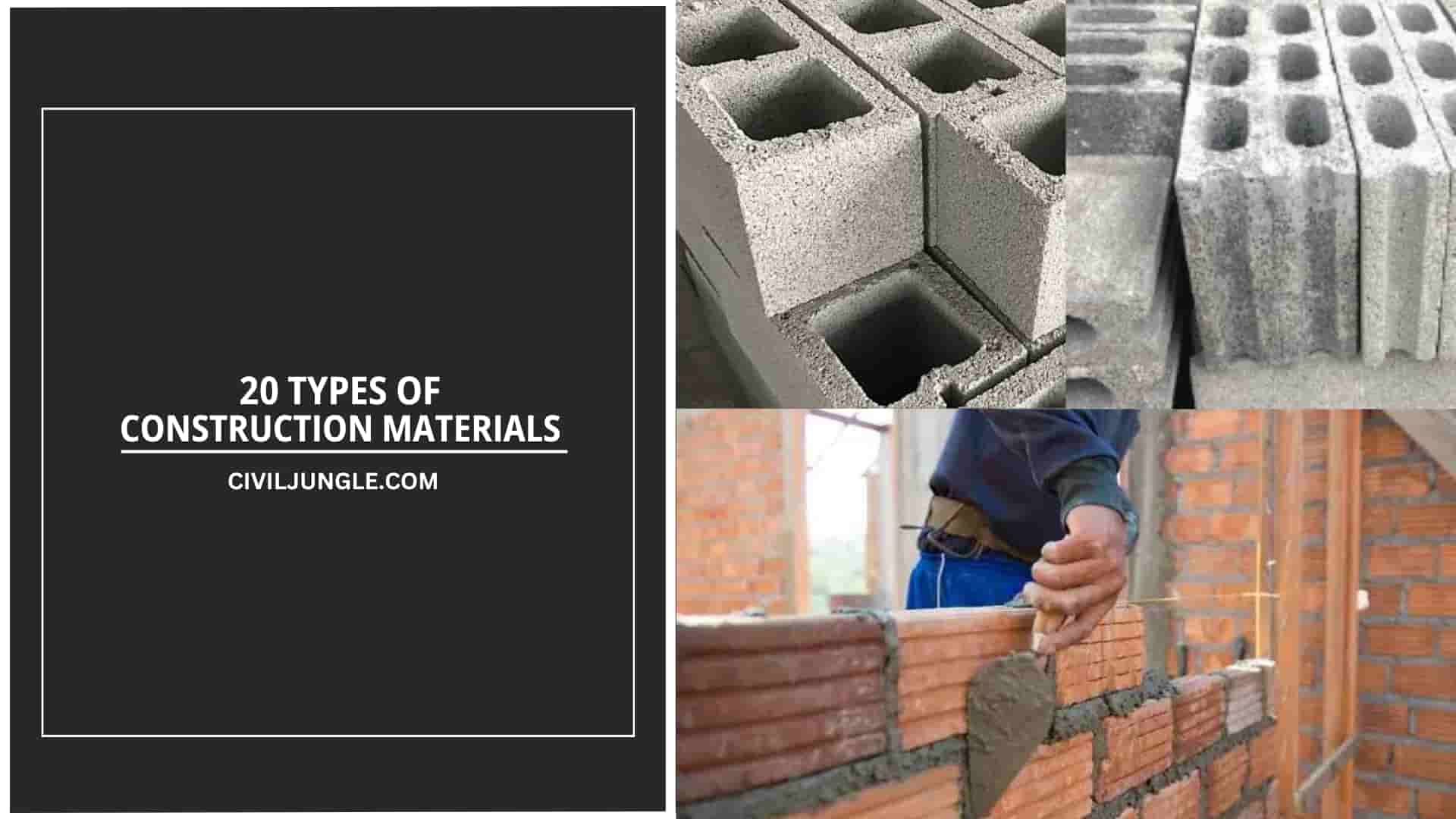
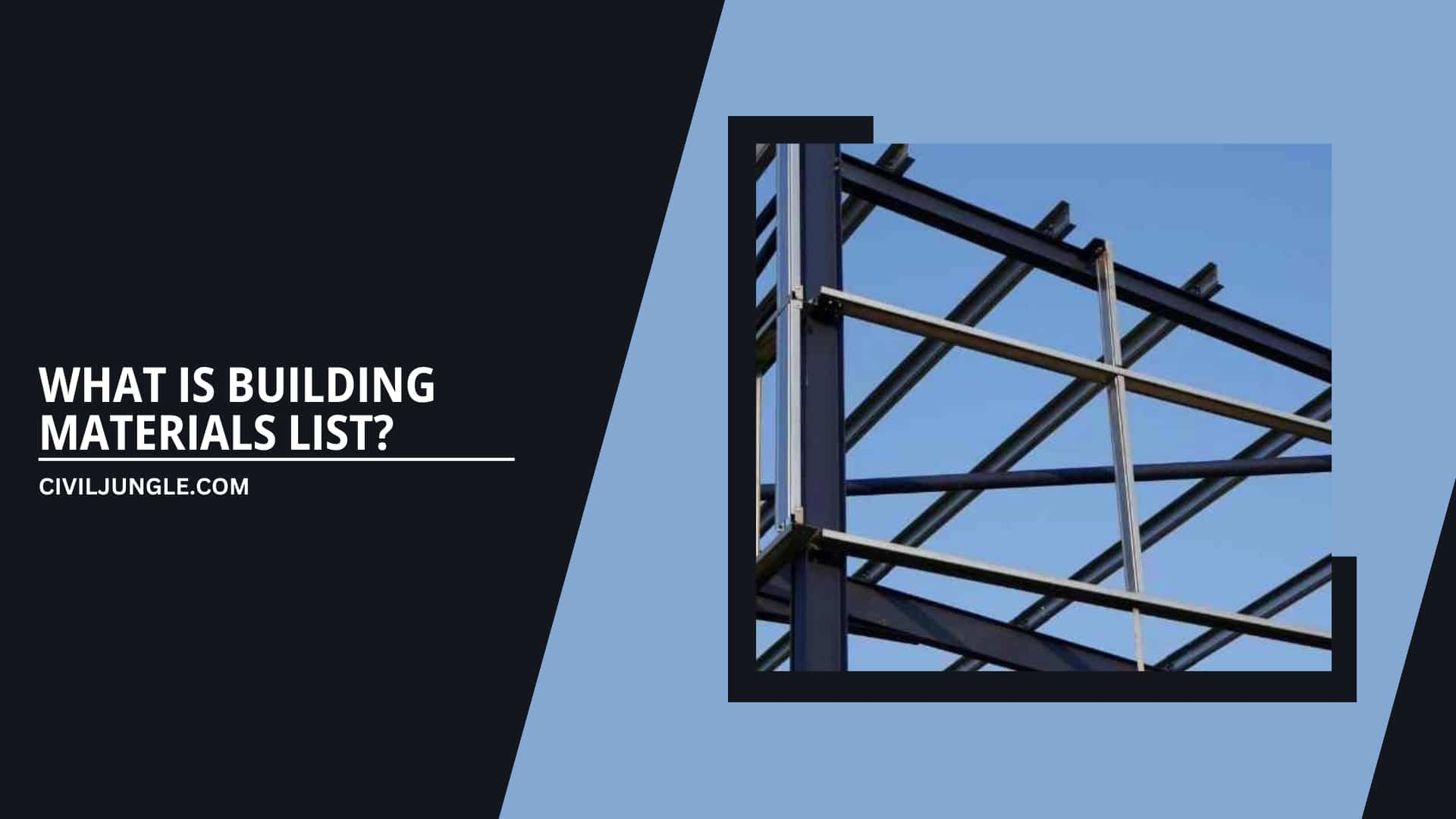
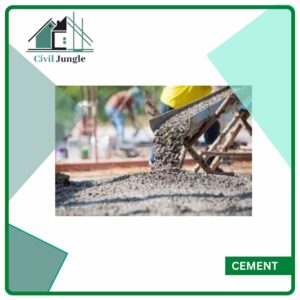
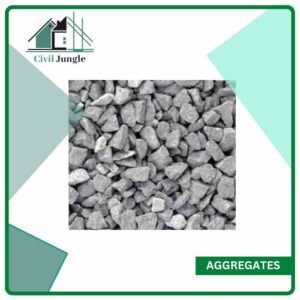
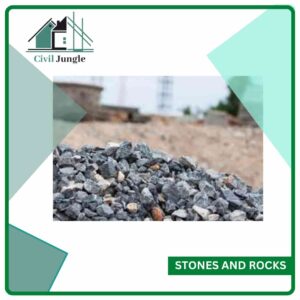

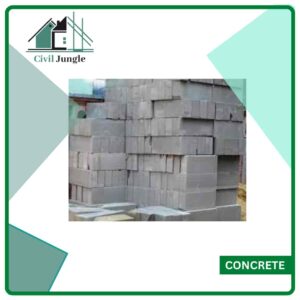


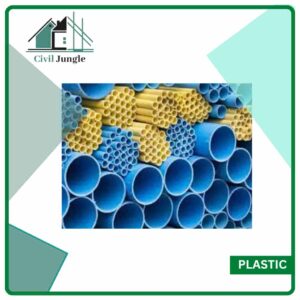
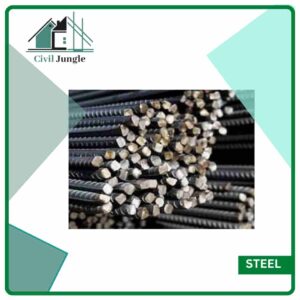
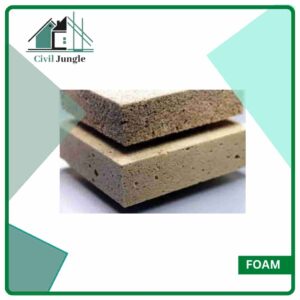

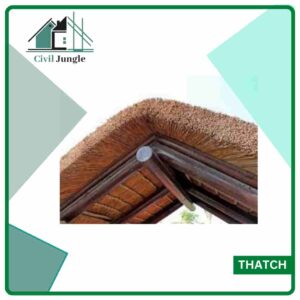
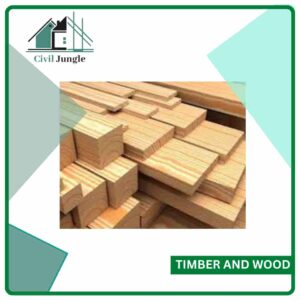
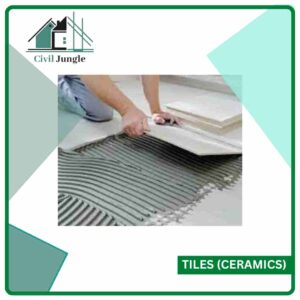

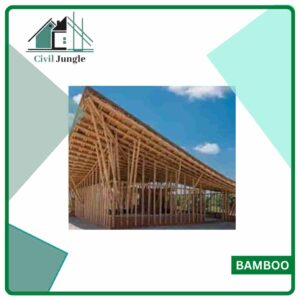
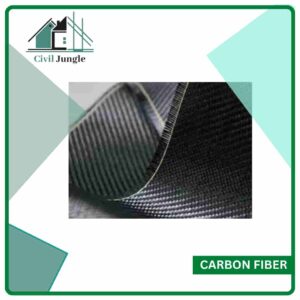


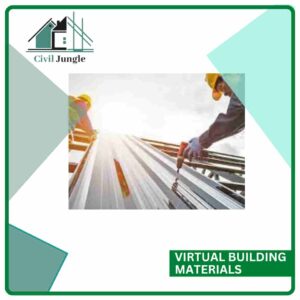

Leave a Reply